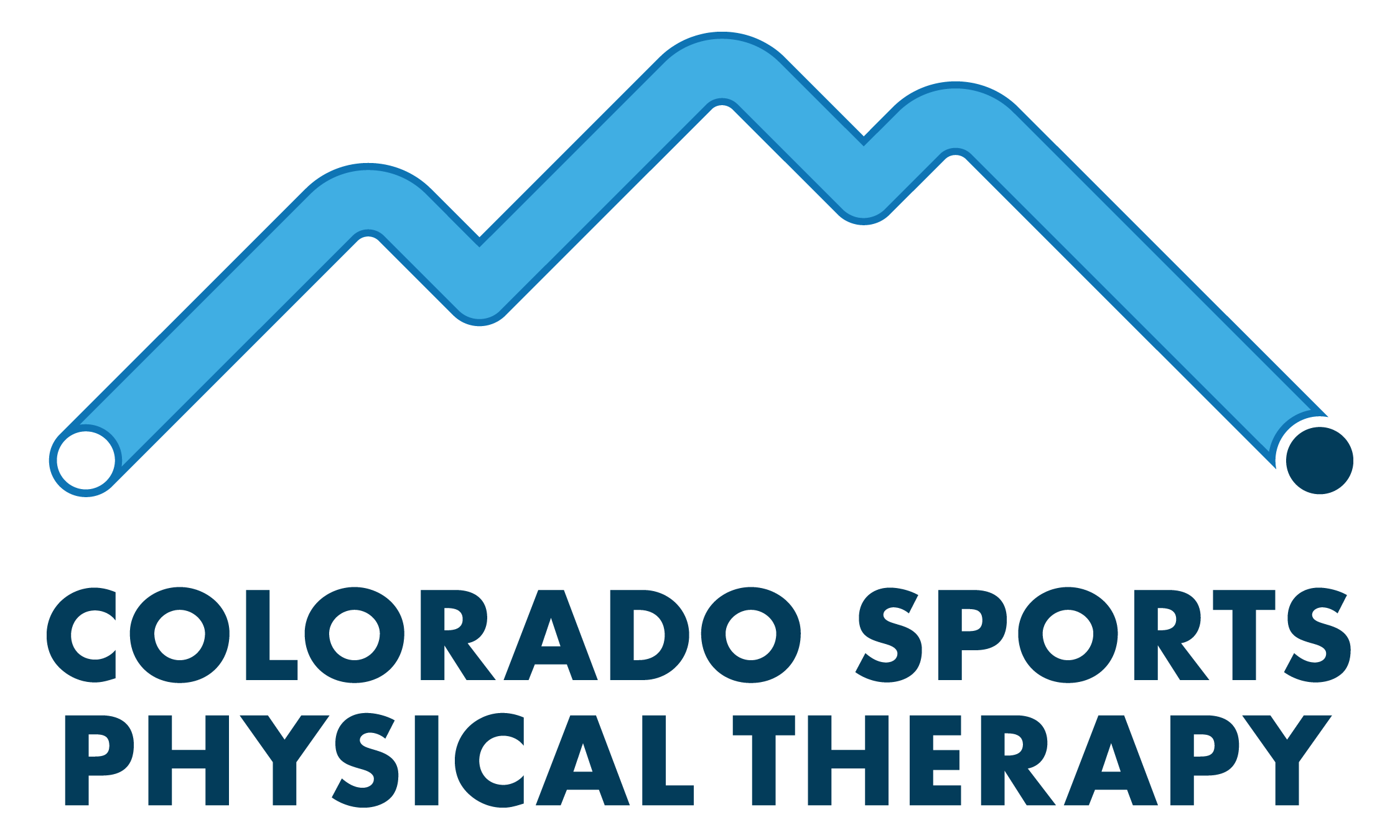Urinary or bowel incontinence – leakage, whether urinary or bowel, is not normal and can indicate issues with coordination, endurance, tension, or strength of the pelvic floor.
Constipation — defined as passing less than three bowel movements a week or difficulty passing stool (straining, pushing, or pain).
Urgency/frequency of urine or bowel – if you find yourself often going every hour, needing to go again and again, difficulty emptying your bladder or bowel, or leakage with a sudden urge to go to the restroom.
Pelvic pain – pain in the pubic bone, or around your saddle can arise from pelvic floor dysfunction.
Sexual dysfunction — if you’ve had issues with arousal, sexual activity, inserting tampons, OB-GYN exams, or with sexual activity, the muscles of the pelvic floor may be having difficulty relaxing. Penile/ testicular, vaginal, rectal, or lower abdominal pain can be confusing and frightening, and too often pain with sexual activity is treated as normal. If any of the above are happening, please make sure to bring them up to your therapist.
Low back or tailbone pain — the pelvic floor is a group of muscles that help to support the trunk and hips, so if these muscles are struggling to coordinate, it can contribute to low back pain. Often, training the pelvic floor goes hand in hand with training back and core.
Pelvic pressure, instability, or feeling like your organs are slipping out — this may be due to instability of the structures that help support your pelvic floor.

